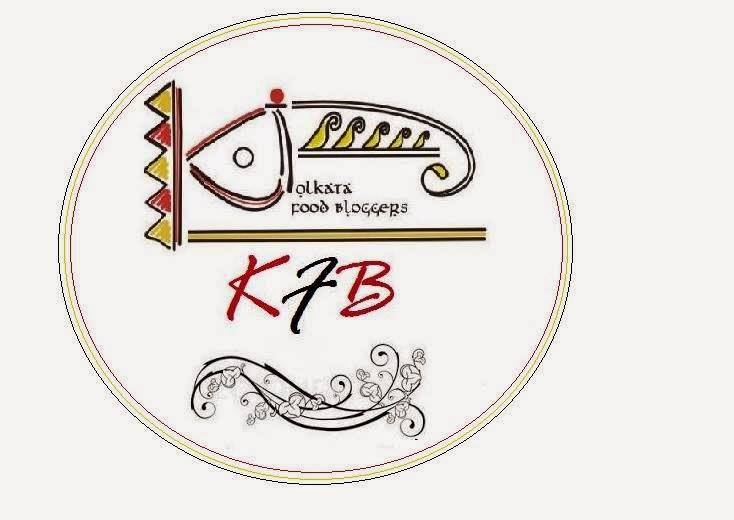Chushir Payes
5:44 AM
January is the most busy month for us. with way too many birthdays and anniversaries in the family I completely feel lost and depleted of energy. Add to that Poush Sankranti, Saraswati puja, New Year's eve celebration and now Sonny Boy's final exam pre runs...Guess you get the hang.
January also makes me think why all good things happen in such short span of time. Starting from Durga puja in October it's festivities and celebration time one after another. and in an Indian household no festive gathering is complete without good food. So by Sankranti am all bogged down and laden with guilt for indulging in sinful delicacies non stop. But then Sankranti is my favorite time and making pithe is something I cherish so much.
Ever since I started blogging my sole aim had been to document Bengali traditional recipes and then I discovered the beautiful world of Pithe making. Maa was an expert in it and together we experiemnted a lot in this.
Pithe making requires some skill and a huge amount of patience. Otherwise you wont be able to explain how only with 3-4 simple ingredients you can prepare such amazing pithes.
Incase you are interested here is a list of the pithes I already made and posted.
Today I am posting this very simple recipe of Chushir payes. Now chushir payes could be made in two ways. First the ones that you just prepare and consume and the other one which could be sundried and kept for quite some time. This one is the second one that we make every year, sundry and use in Payes whenever we want to.
Am also sharing the fresh chushi recipes which is very easy to make and follows the same procedure to shape them.
Chushir payes
To make the Chushi:
Ingredients:
Rice flour: 3/4 cup
All purpose flour: 1/4 cup
Salt: 1/2 tsp
Water: as required
Method:
Heat 3/4 cup water and add the salt. Once it starts to boil switch it off and add to a bowl where you have mixed the two types of flour. Mix with a spatula and then cover. once it cools down to handle knead it to get a smooth dough. Add more warm water if needed the dough should be smooth not tight or dry. Knead at least for 4-5 minutes to make it smooth and shiny.
Take a lime sized dough from it and on a floured surface (rice flour or all purpose flour) roll it to make a thin log. Then either pinch a little from it and roll again between your palms to give it a boat shape. or just roll the log with your left hand and with your right hand break a little piece and make it thinner by rolling on the surface. Do either way you feel comfortable.
Keep them on a floured paper or tray and sundry them for a day or two till they are dry. You can store it in an air tight container for up to an year.
To make the kheer:
Ingredients:
Full fat milk: 1.5 liters
ghee: 1/2 tsp
Bay leaf: 1-2
Green cardamom:1
Condensed milk: 1/2 cup
Date palm jaggery (khejur gur): 1/2 cup (More or less)
Cashew nuts: handful
Raisins: handful
PRemade chushi : 1.2 cup
Chopped pista and rose petals for garnishing
Method:
Soak the raisins.
Start by boiling the milk and condensed milk in a heavy bottom pan. Let the milk boil with the bay leaf for a good 10 minutes and thicken a little.
Now heat the ghee and first fry the cashews on low till golden. Take out and keep aside.
Once the milk is thickened add the pithe and cook on medium for 15-20 minutes or till the pithes are soft. now add the raisins and cashews and switch off the flame.
Let the payes cool down a little bit (8-10 minutes) then add the powdered jaggery and mix. The heat will melt the jaggery.
Sprinkle the green cardamom powder and bring it to room temperature before serving.
The payes should be quite thick but not dry. The measurement given in this recipe is perfect for the texture shown in the picture.
Fresh chusir Payes:
To make the Chusi:
Rice flour: 1 cup
Water: little less than 1 cup
Salt: 1/2 tsp
Method:
Start by boiling the water and salt. Once it comes to a rolling boil add the flour and switch off. Cover tightly and let it cool down a little. Then knead it to make a smooth dough.
Make chusi as instructed in the above recipe.
To make the Payes:
Follow the same recipe as above.























2 comments
Sound interesting. New to this recipe - but I am sure it is worth a try!!
ReplyDeleteI am from Dhaka (Bangladesh). My nani (grandmother) who passed away few years, used to make this for me. The moment I saw this, it reminded me of her.
ReplyDelete